Architecture of loss: how the pressure on living spaces becomes a source for drama
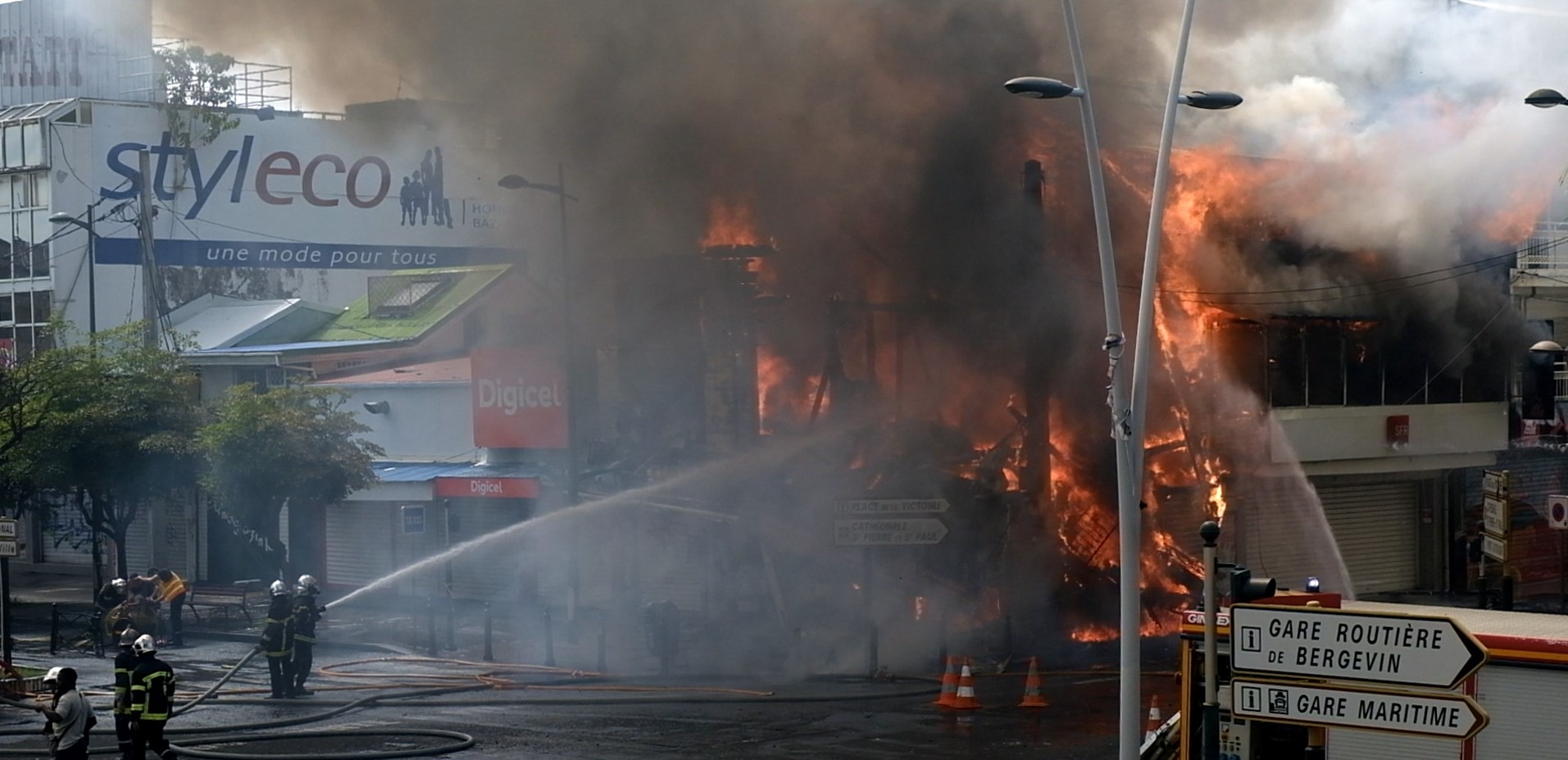
Geneva’s Black Movie Festival questions the struggles of urban life, torn between construction, deconstruction, and the fragile quest to sustain a home in systems where individuals are powerless.
Images of rubble from disaster-stricken areas, caused by wars, wildfires, or climate catastrophes, are increasingly flooding our screens. Even in places where buildings do remain intact, other forces erode the concept of home. Economic instability, modernisation, housing crises, and gentrification uproot people from their dwellings, turning a secure shelter into a fragile dream.
The challenge of maintaining a place to call home is one of the themes explored by the Black Movie Festival, now in its 26th year, in a curated section titled Cities.
The selection highlights urban spaces as sites where change is “rapid and perceptible”, making them compelling stages for stories of drama and displacement. This focus aligns with a broader trend in cinema that explores the universal pressures of urban living. The 2024 edition of the Vancouver International Film Festival (VIFF) featured a section Once There is a CityExternal link, which specifically examined life in urban African cities.
Originally conceived as a showcase for films “made in Africa”External link – amplifying voices from the continent rather than framing African stories through a Western lens – the Black Movie Festival has since broadened its scope. Today, it encompasses works from Asia and Latin America, shining a light on perspectives from the Global South.
Universal image of shelter and ruin
Certain experiences seem intrinsic to humanity. For instance, if you ask a child to draw a house, they might sketch a square with a slanted roof. For a building, it’s often a simple rectangle. These archetypal images of shelter and structure are universal. While the act of construction is familiar, the films showcased at the festival – Caught by the Tides by Jia Zhang-ke and Malaury Eloi Paisley’s L’Homme Vertige – take us one step further, focusing on the universality of deconstruction, specifically that which is government led.
>> Caught by the Tides, trailer:
The half-demolished skeleton of a building, with its exposed floors, shattered interiors, fragments of dolls, and scattered remnants of life amid the debris, becomes an emblem of what once was. These images, stripped of geographic specificity, evoke universal themes of loss and consequence. Yet the reasons behind such destruction are profoundly rooted in context, revealed through the patient lens of long-term documentary filming.
In Caught by the Tides, Jia Zhang-ke weaves a retrospective docu-fiction, following the love story of Qiaoqiao (Zhao Tao) and Bin (Li Zhubin) against the backdrop of China’s historical upheavals, notably the dismantling of the city of Fengjie, in the southwest of the country, to make way for the Three Gorges Dam, the world’s largest hydroelectric station.
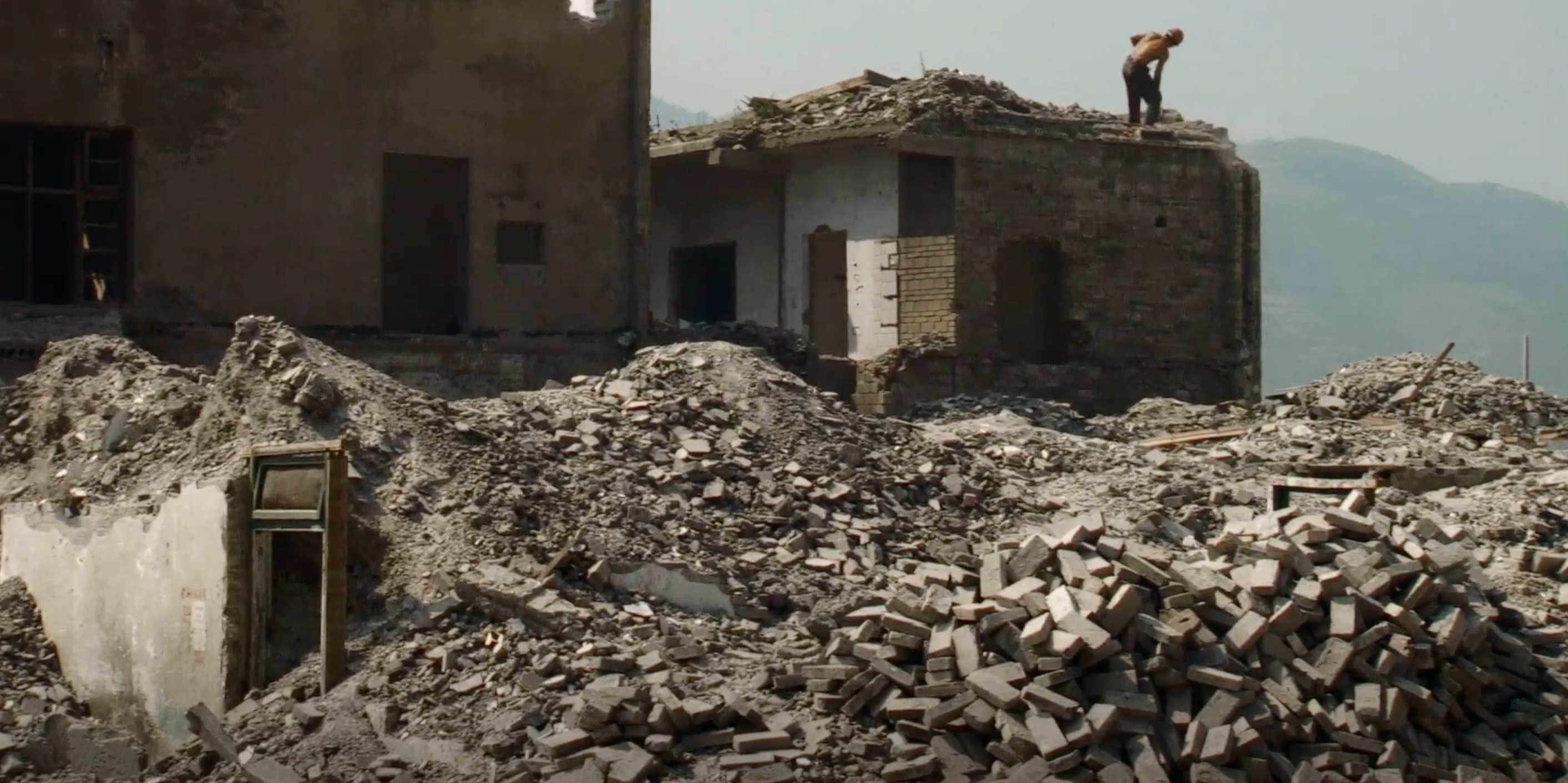
By integrating footage from his 2006 film Still Life, Jia Zhang-ke captures the displacement of the city’s residents. A journalist’s voiceover asks a man preparing to leave for another province, “How do you feel about this?” He responds, “It’s for the Three Gorges project, we’re doing this for our country.”
‘A 3-D thing’
The toll of rapid modernisation also emerges in L’Homme Vertige, filmed over seven years in Pointe-à-Pitre, Guadeloupe’s main city. It captures residents in a strange limbo – on the brink of homelessness while squatting in decaying buildings – as their city struggles to remain upright amid intended deconstruction and unattended fires.
The opening scene, featuring a crane ominously emblazoned with the logo avenir deconstruction (future deconstruction), sets the tone for a place burdened by its colonial past.
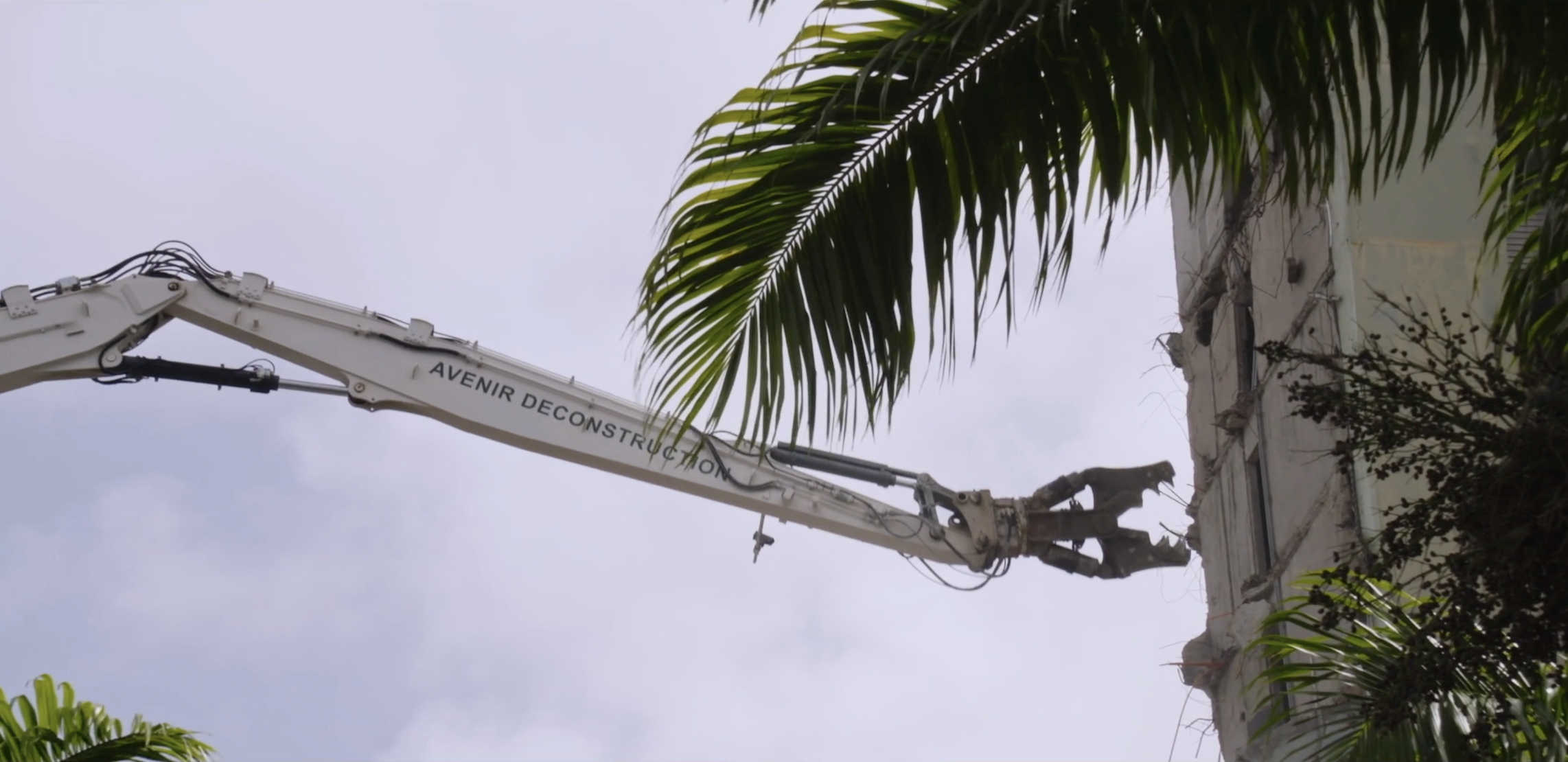
These changes are driven by France’s Plan Local d’Urbanisation (Local Urbanisation Plan), a top-down approach imposed from across the Atlantic. Director Malaury Eloi Paisley, who was present at the screening, explained how a PDF containing the urbanisation plan had circulated in the city, featuring “un truc 3D” (a 3D thing) – a futuristic vision of Pointe-à-Pitre, complete with cruise ships and high-tech buildings.
This vision is far removed from the reality lived by the local residents. Paisley, in her film, highlights the Mortenol housing developmentsExternal link, located in Pointe-à-Pitre, as an example of superficial renovations.
>> L’Homme Vertige, trailer:
These include bright new paint and balustrades on the façades of buildings masking the lack of essential structural maintenance. In this relentless loop of construction, deconstruction, and destruction, one inhabitant captures this grim reality: “Even in new housing, nothing meets the standards to accommodate what we call human beings. There are always problems… Nothing holds.”
Dystopia or reality?

We can directly superimpose the image of Guadeloupe – a Caribbean island with sandy beaches and lush landscapes – and that of the opening scene of The Tenants by South Korean director Yoon Eun-Kyung. In the film, the protagonist Shin-dong (Kim Dae-gun) dreams of nature and moving to a utopian place called “Sphere 2” to escape the oppressive city.
Unlike the cities of L’Homme Vertige or Caught by the Tides, caught in a loop of construction-deconstruction, this city remains upright. But that doesn’t make it any more livable. Shin-dong lives under constant strain amid air pollution, unaffordable rent, and exhaustion from long working hours. His one-bedroom apartment becomes a battleground when he learns his lease won’t be renewed due to impending renovation of the building. To prevent eviction, he sublets his bathroom to creepy newlyweds.
Reminiscent of Bong Joon-ho’s Parasite (2019), The Tenants depicts a person facing scarcity, resorting to drastic measures to counter their circumstances. The absurdity is cyclical: a person attempting to exploit the system through a loophole, only to be exploited in turn by another loophole. Subletting spaces like bathrooms and ceiling spaces, with government-issued food and anti-delusional pills sustains this bizarre reality.
For a film labelled “dystopian” in its IMDb logline, The Tenants feels eerily plausible. While exaggerated, its scenarios highlight a deeper truth about urban survival, eviction, and the tensions of shared living spaces, like leaving dishes around, making noise, or dealing with housemates’ manias. All of these can be perfectly used in humorous situations.
>> The Tenants, trailer:
Systems, resistance and sanity
For filmmakers like Paisley and Eun-Kyung, filming becomes an act of processing and resisting systems. After the screening Paisley reflects, “I don’t feel separated from the people I film… The film is a way of resisting because leaving [the island] means living with guilt. But staying means either you go mad, or you enter the system. That, too, is a kind of madness.”
Eun-Kyung, speaking during a post-screening discussion, shares her own struggles with the pressures of creative survival: “After my first film, I felt as though I were entering a system that demanded constant success. I felt like I was losing myself, losing my bearings, living in a way that the system demanded – a logic of competition that erases us.”
The collapsing systems captured by these films reflect contemporary urban life while posing a challenge: can the contemporary city still fulfil our basic need for a stable home?
Edited by Virginie Mangin and Eduardo Simantob/ts
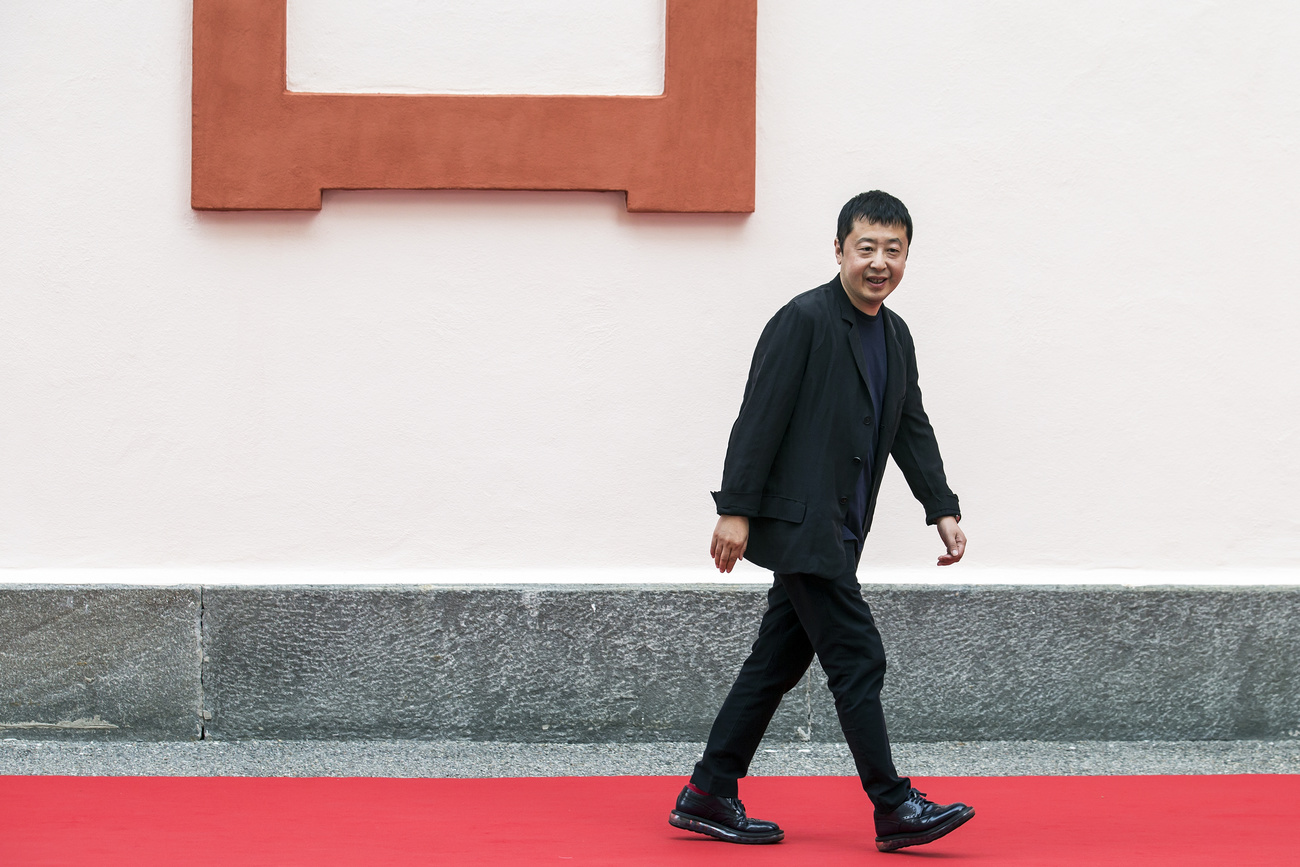
More
An outsider at home, a master abroad: Jia Zhangke’s struggles to film the real China

In compliance with the JTI standards
More: SWI swissinfo.ch certified by the Journalism Trust Initiative
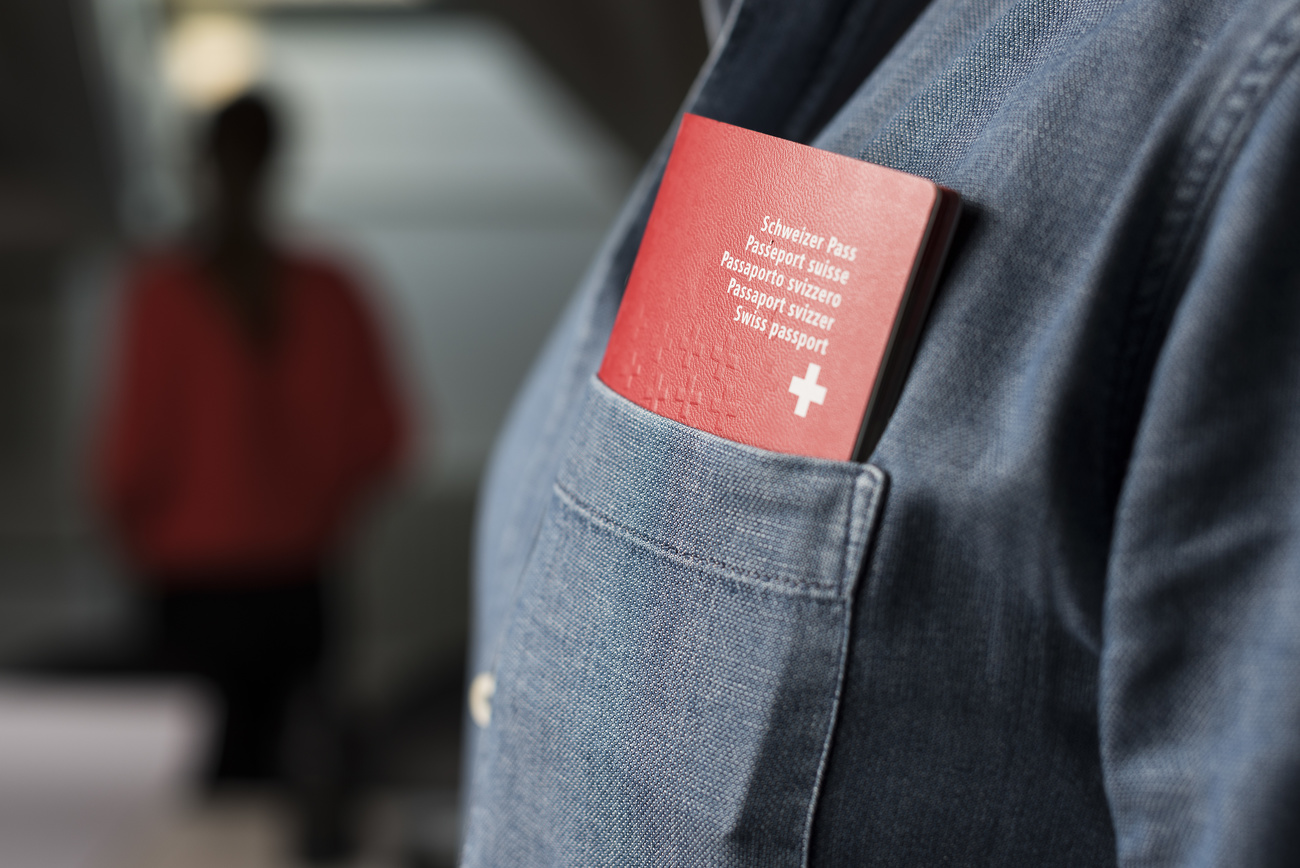
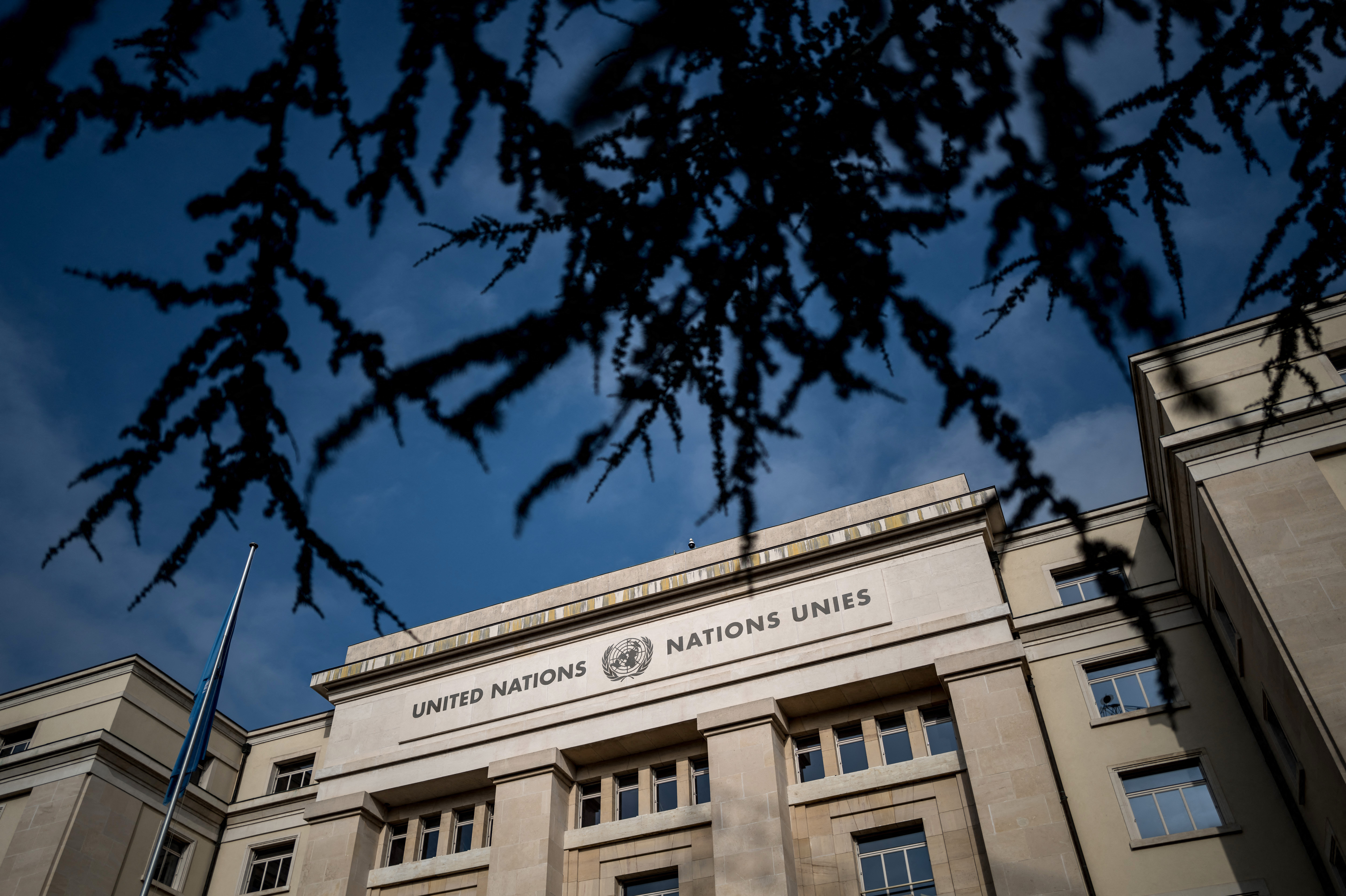

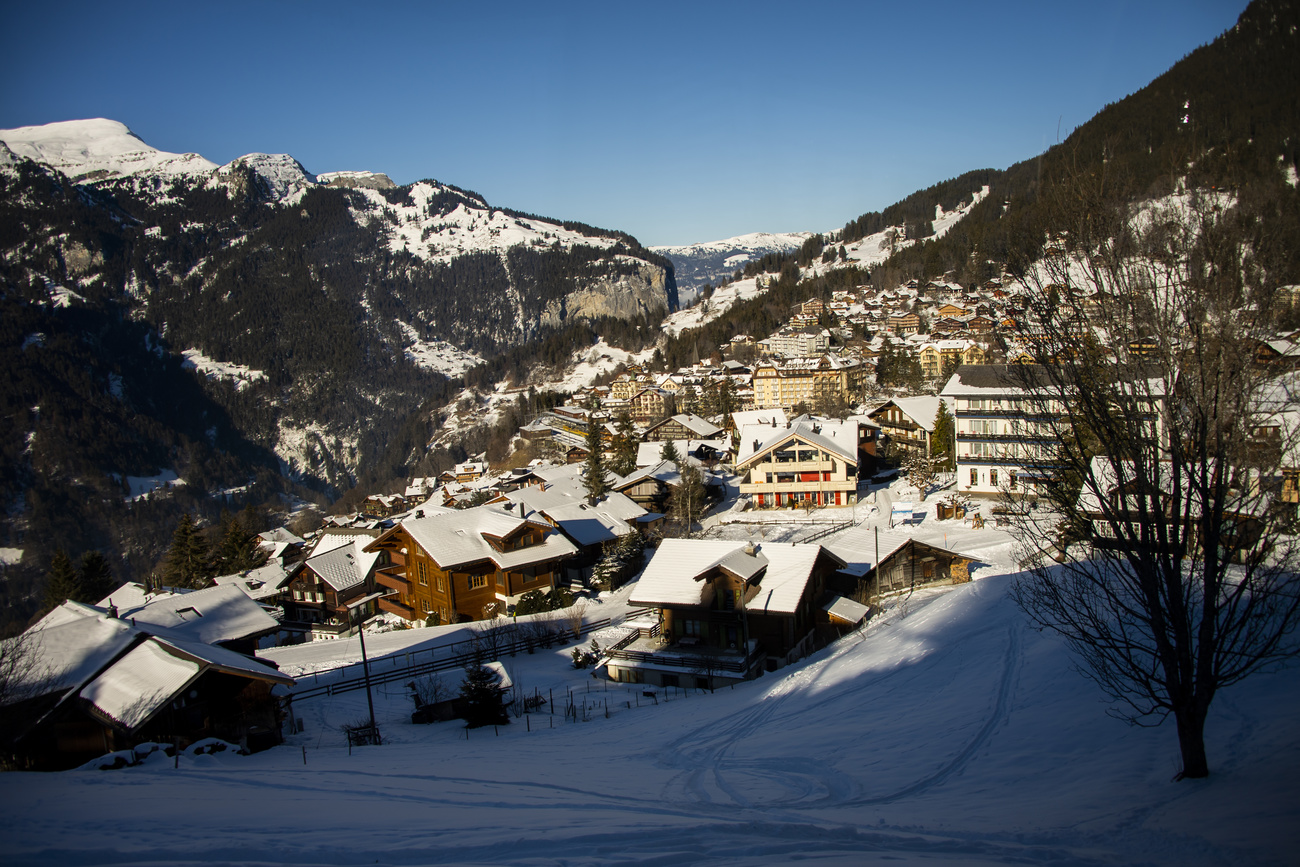
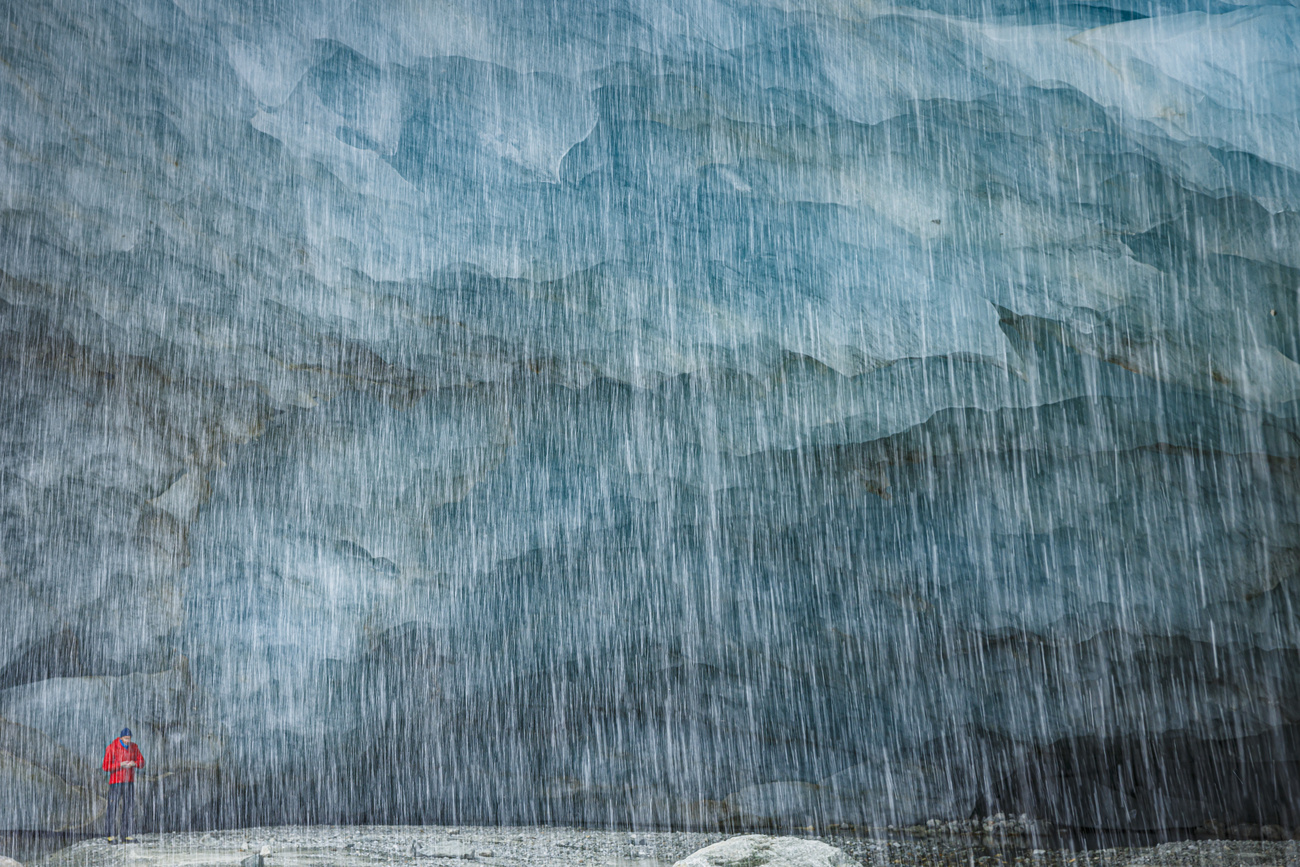



You can find an overview of ongoing debates with our journalists here . Please join us!
If you want to start a conversation about a topic raised in this article or want to report factual errors, email us at english@swissinfo.ch.